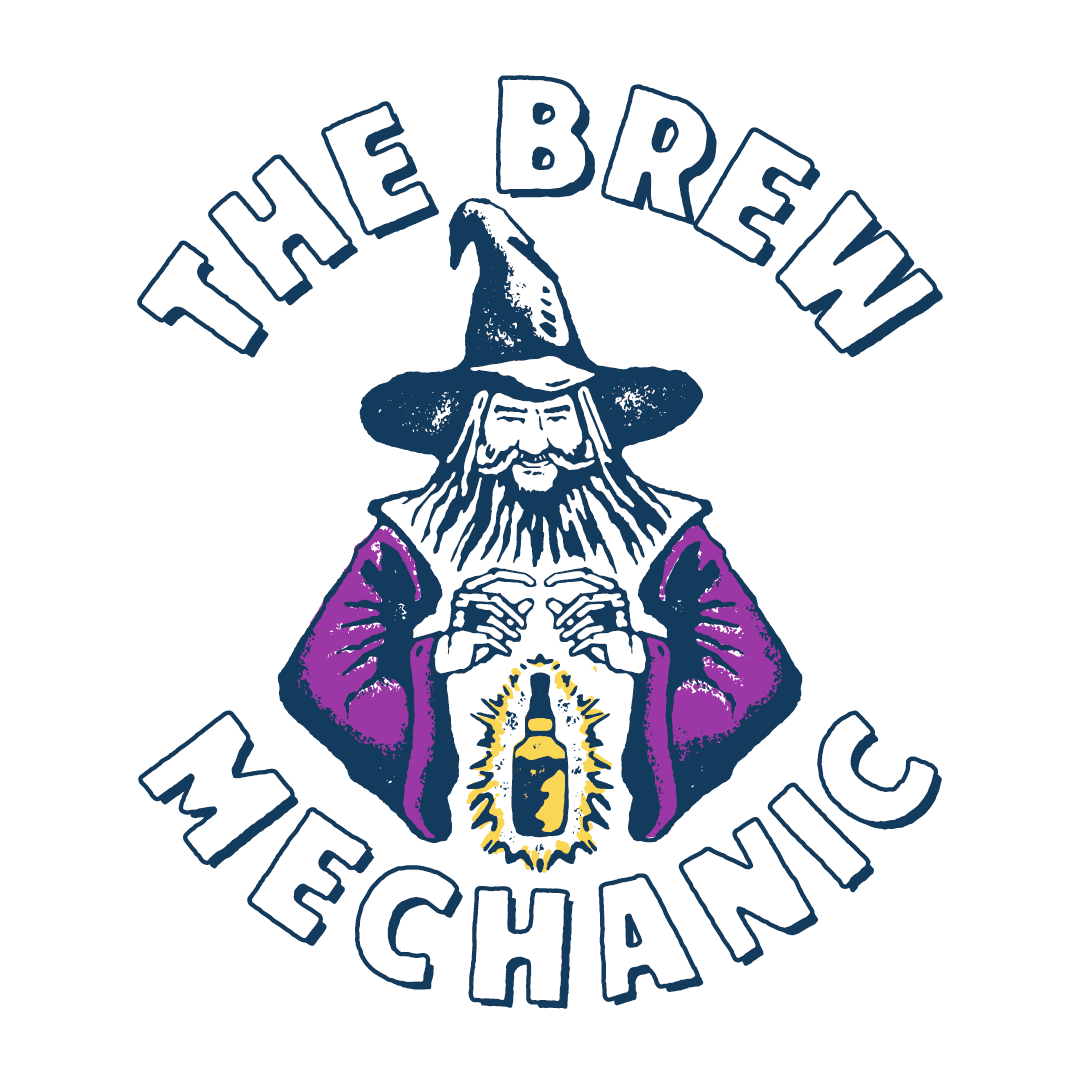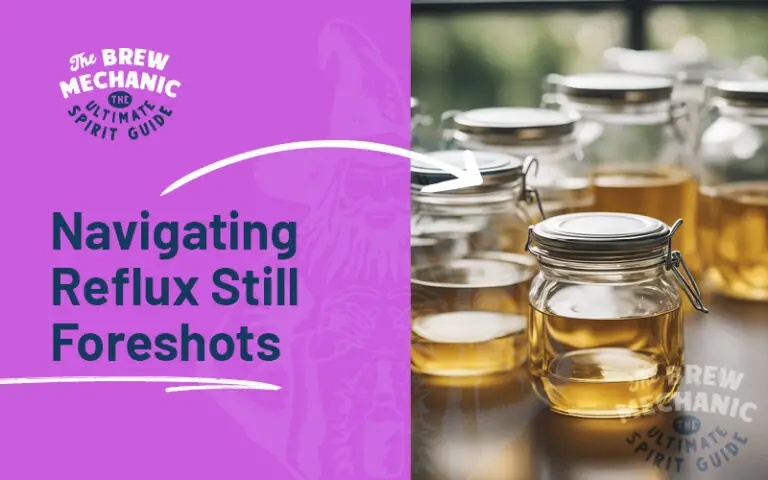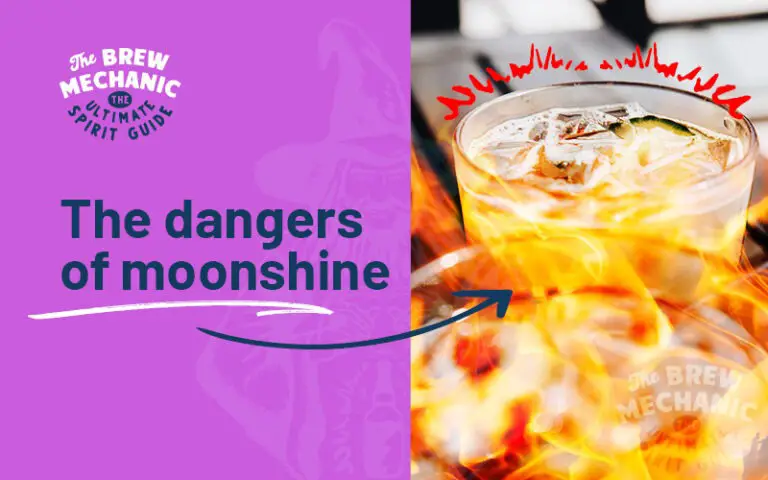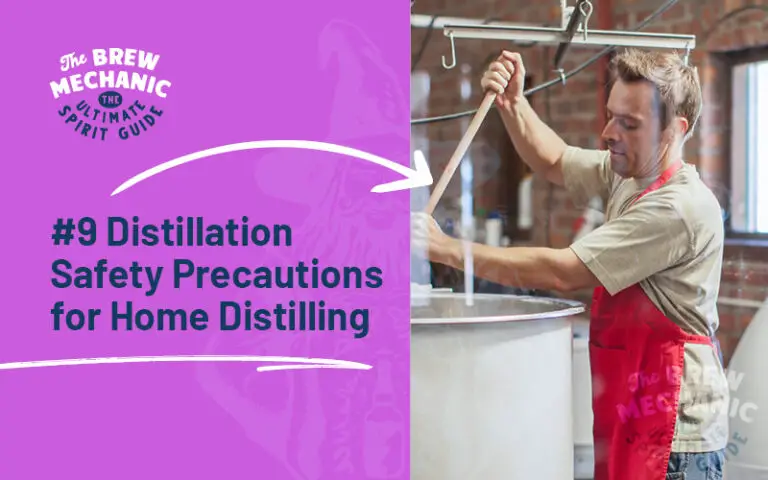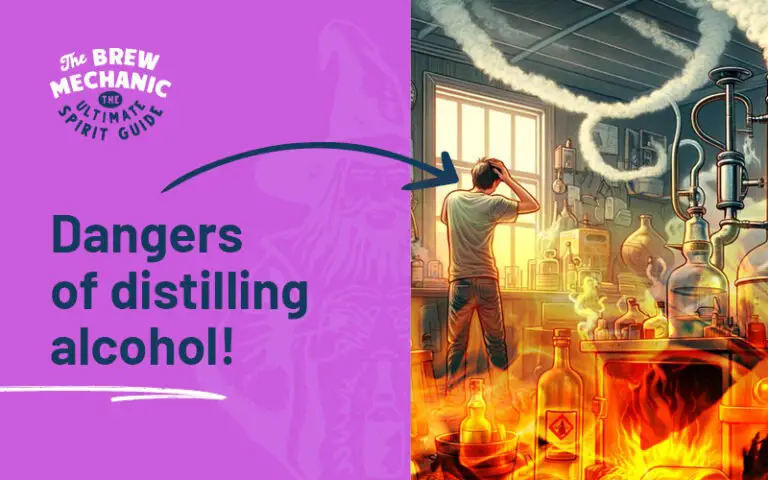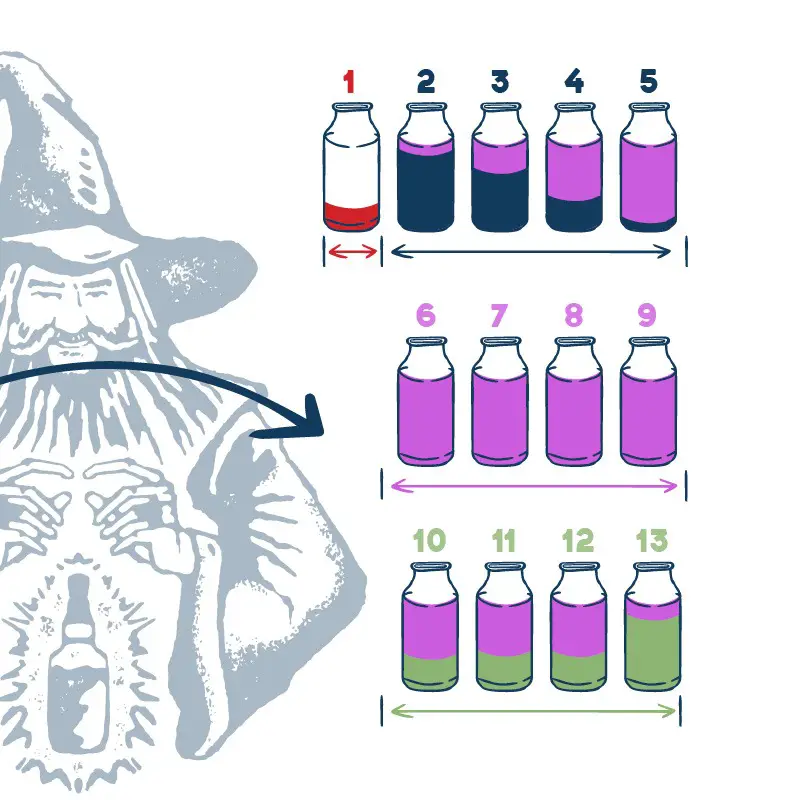Find out and know when Fermentation is Complete
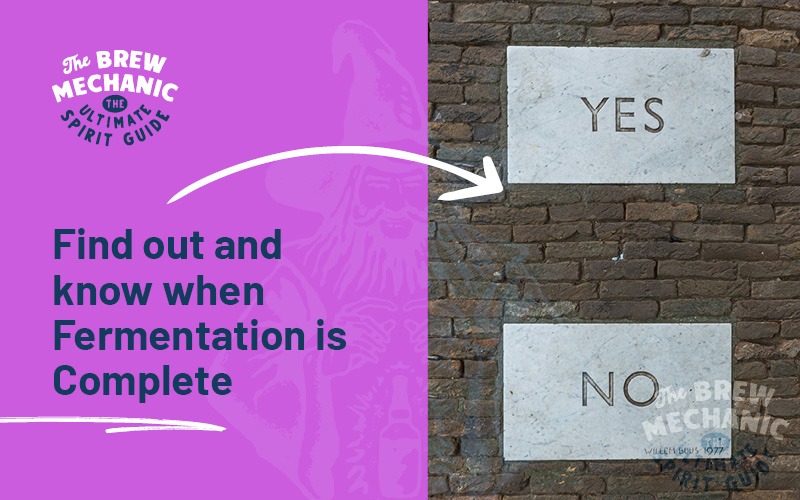
Disclaimer: This post might include affiliate links, through which I may earn a small commission without any extra cost to you. Additionally, I am an Amazon Associate and earn from eligible purchases. All the products and services I suggest are ones I have personally used or would use. Thank you very much for your support if you decide to buy through any of my links!
Come join the Distilling Squad!
Get the best fundamental tips & tricks here. Woohoo!
Knowing when the fermentation process can be challenging! A common question that arises in this process is: when fermentation is complete?
Understanding when your sugar wash has fully fermented is crucial for the quality of your final product.
Below are various checks to confirm when is fermentation complete. Let’s go!
Key Checks for when fermentation is complete
The fundamentals, fermentation is a process where yeast converts sugars into alcohol and carbon dioxide (CO2). Knowing when this process has ended is essential for achieving the desired alcohol content. This means it can be ready for distilling then into a bottle! How good is that?!
First, we have to know when fermentation is complete. Here are the steps to check the completion of fermentation so it’s ready for your brew.
1. Sugar Conversion Completion
2. Specific Gravity Test – Hydrometer is needed
3. Potential Alcohol Check
4. Airlock Activity
5. Surface Activity
6. Color Change
7. Avoid Premature Flocculation
Key Checks for Fermentation Completion
1. Accurate Measurement: Regularly check the specific gravity reading using a hydrometer to track the progress of fermentation.
2. Visual Indicators: Clarity at the top of the fermenter and a lack of surface bubbles are good visual cues.
3. Consistency is Key: Ensure the final gravity (FG) readings are consistent over a 24 to 48-hour period.
4. Avoid Rushing: Premature flocculation can cause more harm than good.
5. Final Alcohol Content: Use the original gravity (OG) and final gravity (FG) to calculate the potential alcohol content for an estimate of the strength of your wash.
Use scientific ways to know when fermentation is done.
Knowing when fermentation is complete is a critical step in any brewing or fermenting process.
By following the checks outlined above, you can do them correctly and confidently plus importantly understand why the fermentation has finished.
One thing… patience is vital in active fermentation – rushing the process can lead to unfinished fermentation or spoilage. Take notes of gravity reading during fermentation.
Whether you’re a seasoned brewer or a newbie, these checks will guide you to know when fermentation is complete in achieving the perfect batch every time!
Last Updated on Jan 31, 2024 by The Brew Mechanic
Disclosure: I may receive affiliate compensation for some of the links below at no cost to you if you decide to purchase a product or service. You can read our affiliate disclosure in our privacy policy. The information provided is for entertainment only.

With 35 years of knowledge of being a chemical engineer in alcohol manufacturing plants, my mission is to teach the next generation of home distilling alcohol brewers at a supernatural speed.
My reviews are based on real-life experiences with reflux stills, sugar wash, troubleshooting and mystical chemical reactions.
